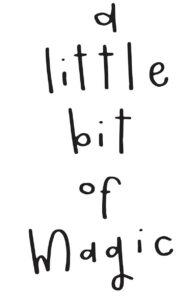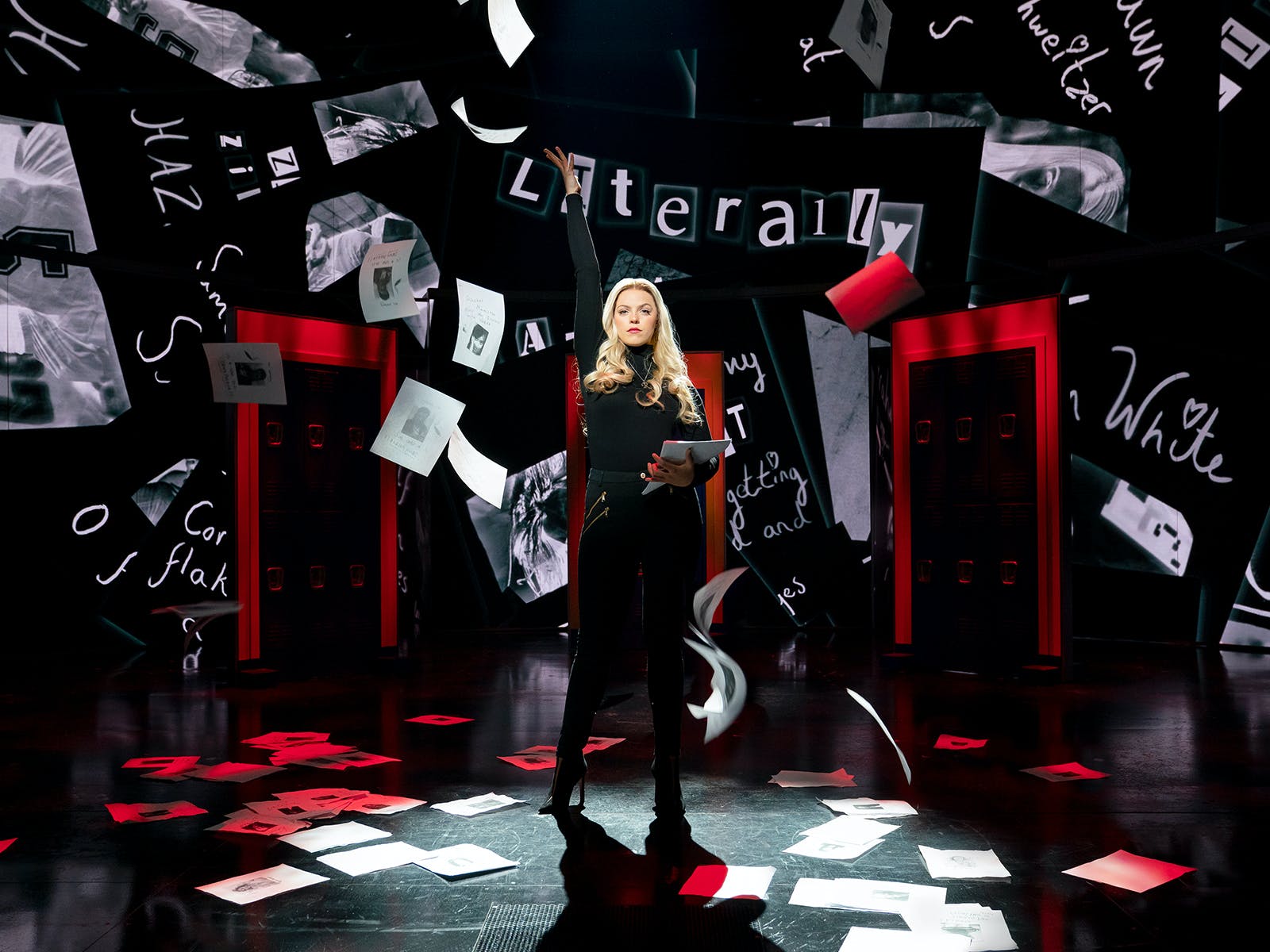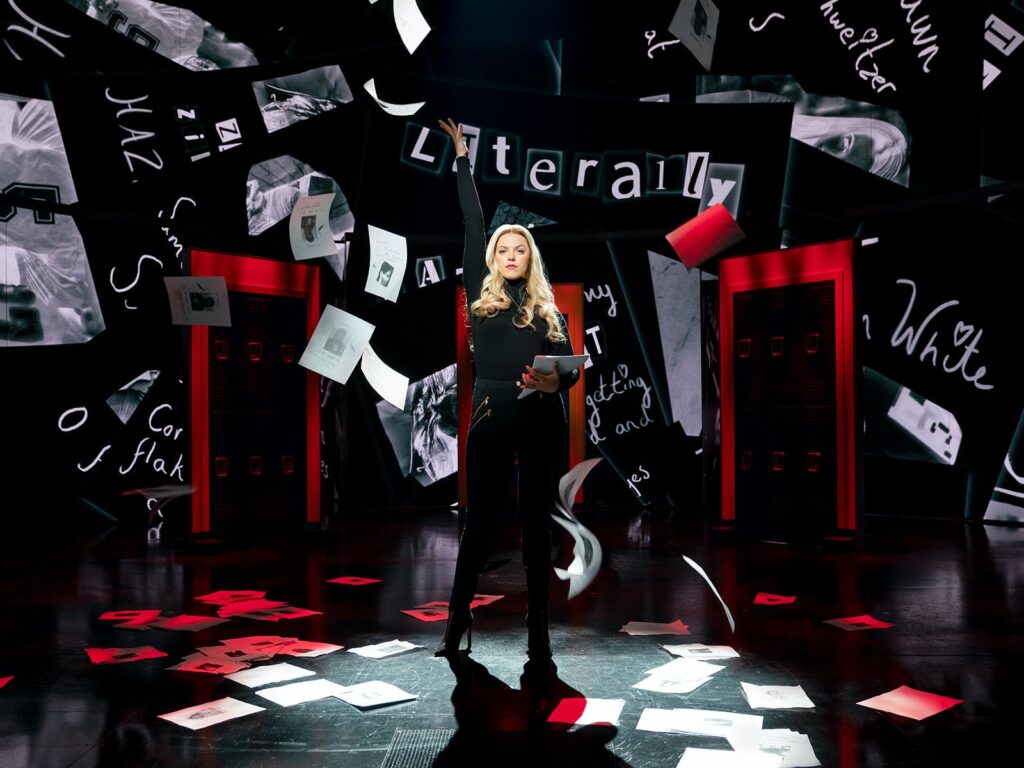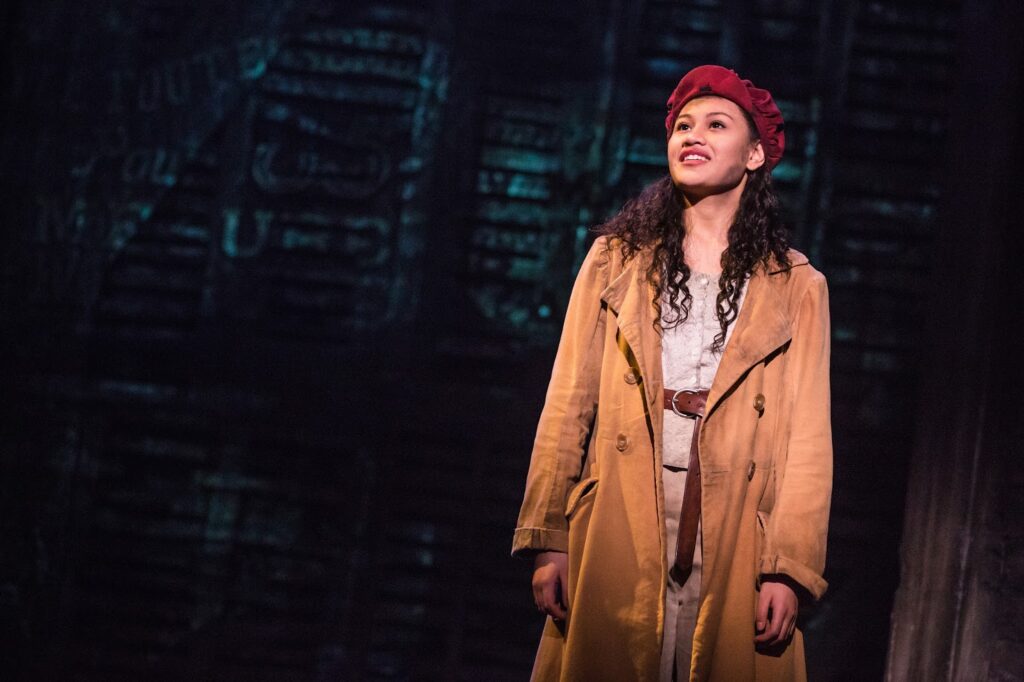I miss mixing shows. That thought has snuck up on me every week or so for the past several months. It’s always a tiny bit surprising because I knew I liked my job, but I’d never stopped to take stock of exactly how happy it made me. I know I’m not alone in that; all of us want to get back to our usual, wonderfully irregular lives. One of my favorite things about mixing is that there is always something to do. When I started in theatre, I dabbled in a few other jobs, but as an actor, I got bored sitting backstage for the scenes I wasn’t in and I’d end up helping the crew with set changes. As a sound designer, I found myself, despite a valiant effort to pay attention, inevitably spaced out in my seat when there weren’t problems to actively solve.
But mixing, that’s the best of all worlds. There’s always something to do, something new to  watch, something to keep you on your toes. It doesn’t matter how many times I’ve seen a show, there are always surprises:
watch, something to keep you on your toes. It doesn’t matter how many times I’ve seen a show, there are always surprises:
When I toured with Les Mis, we were probably 30 shows into the run when my A2, Mark, started to learn the mix. We were talking through a scene with a whistle sound effect and he asked, “Do you take that off Felipe’s whistle? Or something else?”
“…. Wait, Felipe whistles?”
Sure enough, watching for him the next performance, Felipe came out, brought two fingers to his mouth for the whistle, and I had to resist the urge to do a facepalm. He wasn’t even tucked somewhere over on the side where I might have missed him. He was dead center stage and the only possible way I would have missed it was…. if I hadn’t even looked. On the upside, no one had noticed up to that point (more a testament to Felipe’s timing than mine), and once Mark pointed it out, we attached the cue to the visual and moved on with the show.
I typically evaluate audio through a cinematic lens when I’m watching a show, meaning that I always have the question in mind: Does the audio match the visual? Sometimes the answers are simple: does the actress exit the stage as she continues to talk? Alright, then her level should decrease as she disappears so it sounds like she’s moving away. Is a guy giving a whistle to alert his friends? Then maybe (just maybe…) the effect should link up with his motion. Just like in a movie, what you’re hearing should complement or even help clarify what you’re seeing. If those two senses aren’t working in harmony, the audience is likely to get confused and pulled out of the show.
These are examples of what I’d unofficially term mechanical augmentations: they’re fairly obvious if you’re looking for them, but go a long way to assist the storytelling or your actors by reinforcing their choices. The more you’re able to pay attention to these details, the better able you are to understand the director’s vision or the character choices, and based on these, you can make more intelligent mixing decisions.
During “Why God?” in Miss Saigon, Chris is lamenting the cruel irony of having found something good and worthwhile in war-torn Vietnam when he had previously been content and safe in his lack of attachments. Towards the end of the song, a group of Vietnamese men come up to him, pleading that they will give him money if he can get them visas to flee the country, until he bursts past them, dramatically venting his final frustration to whatever higher power might be listening.
Through the course of this song, Chris goes from a state of confused contemplation to angry vexation. The music has a natural crescendo, but the true catalyst to the shift in his mood comes from the chorus as they badger him. As the mixer, you have the actors already doing their part, getting more insistent and physically closing in on him as they plead their case, but you can give the scene an extra push. You’re trying to make sure there’s a logical transition from Chris being mildly annoyed to aggressively frustrated which is where (for me) the cinematic lens comes into play. The mixer can push the level of the men begging steadily up along with the orchestra so they both get progressively louder until it makes sense that Chris’s reaction is to push past them to get away from the cacophony.
In the second act of Mean Girls, Regina sings the song “World Burn” as she plots her ultimate revenge against Cady. The beginning of the song starts with Regina, all in black, on a dark, empty stage, save for the copier she’s pushing and the harsh uplight that illuminates her face. She’s pissed, but this is not a yell-in-your-face confrontational angry, this is a quiet, oh so controlled venom where you know she’s not playing and is ready to do some major damage.
Again, you follow what makes sense with the visual onstage. Having Regina’s voice booming out of the PA wouldn’t seem realistic and would jar the audience out of the moment. You want to keep them focused and immersed in the show, so the mix for this scene wants to be subtle and controlled. Still clearly audible, but exactly what you imagine when you think of the phrase “deadly quiet.”
In addition to those subtleties, there’s another kind of moment. These aren’t necessarily as obvious upfront, and it might take some trial and error to figure out the right combination from a mixing standpoint, but when it happens, there’s just a little bit of magic. It sounds corny, but you know these moments when you get a chill up your spine, or your breath instinctively catches, or the audience goes absolutely nuts and you can’t help but grin like an idiot.
One of the first moments I found like that was back in college on the show, Altar Boyz. Towards the end, one of the characters, Juan, receives bad news but tries to soldier on with the show. Yet, partway through his solo, he reaches a breaking point and runs away. The rest of the boys chase him down and coax him back in a musical moment that starts quietly and begins to build until it culminates with Juan choosing to step back into his spotlight and belt the final bits of the song.
If you get the dynamic bump between the build with the boys and the power of Juan’s reentrance into the song right, the audience starts cheering for all they’re worth, and it’s a grin-like-an-idiot moment. But it’s not just the fader bump that makes that moment. Part of the magic in these little snippets of a show comes from the fact that you can’t do them alone. If the audience doesn’t like Juan throughout the show, what do they care if he comes back to finish the number? There’s a lot riding on the actor himself to bring that moment to fruition. The best moments are the ones where you add a final flourish to bring it home and make the performance that much better.
Another one of my favorite moments was in Les Misérables at the end of “On My Own.” Eponine’s song builds up to this massive culmination of music and then everything cuts off, the vocals, the orchestra, everything, for just a second before she finishes the song with a soft “I love him, but only on my own.”
In the musical build-up to that peak, I would also push the vocal reverb on Eponine and, if I got the balance just right, it felt like the sound was suspended at that moment as the reverb rang out through the house. But there was a razor-thin margin for success which required precision between several different factors: how the actress was singing that night, how I was mixing, and the acoustics of the theatre itself (which changed weekly). If you didn’t push the reverb enough, you wouldn’t get as powerful an impact, but if you pushed too hard, it sounded unnatural and pulled the audience out of the story.
It didn’t happen every show, because there was no exact formula of constant variables where you could just say “x + y = MAGIC!” But that’s part of what makes the times where everything does come together so special.
As you’re working a show, you’ll learn to look for those places for little tweaks and nuances to augment your mix. It doesn’t matter if you take a show because it’s a job to pay the bills, or it’s one that’s been on your bucket list for years, finding those moments will keep you engaged and ultimately give you your favorite parts of the show. I worked on Altar Boyz well over a decade ago, and I still smile whenever I think of mixing that song with Juan. Those are the kind of moments that I miss most and can’t wait to have again when we can get back to work.


